Baja California once again proved it isn’t just about fish tacos or tequila shots. And yes, we already told you: …
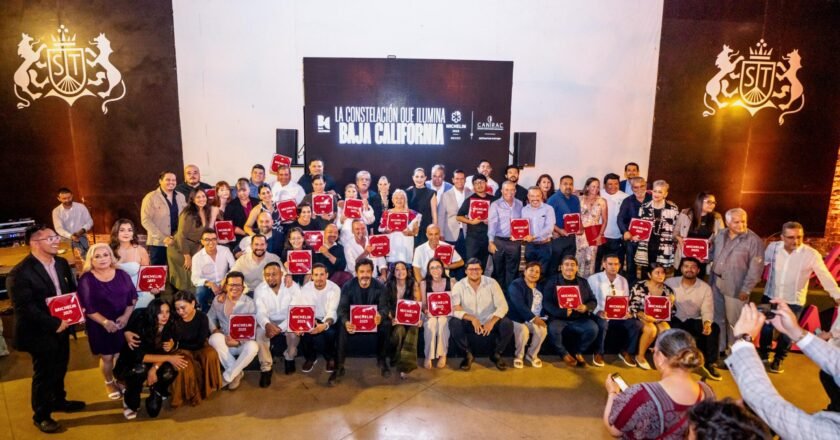

Baja California once again proved it isn’t just about fish tacos or tequila shots. And yes, we already told you: …
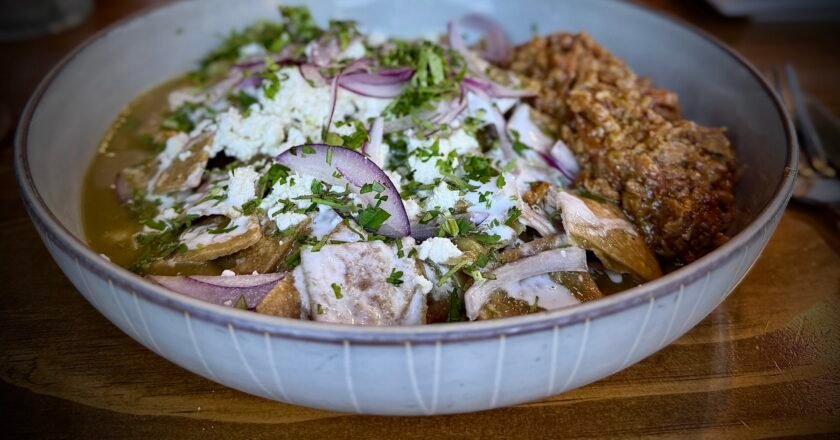
Breakfast in Ensenada has many players, but Clara on Primera and Miramar knows how to steal the show. It’s not …
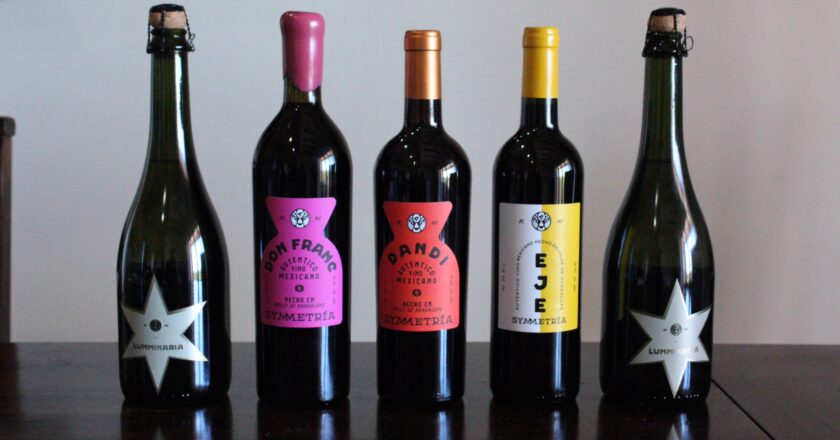
Sabor Patrol find love at Symmetría In Valle de Guadalupe, some wineries try way too hard to seem important. Symmetria …
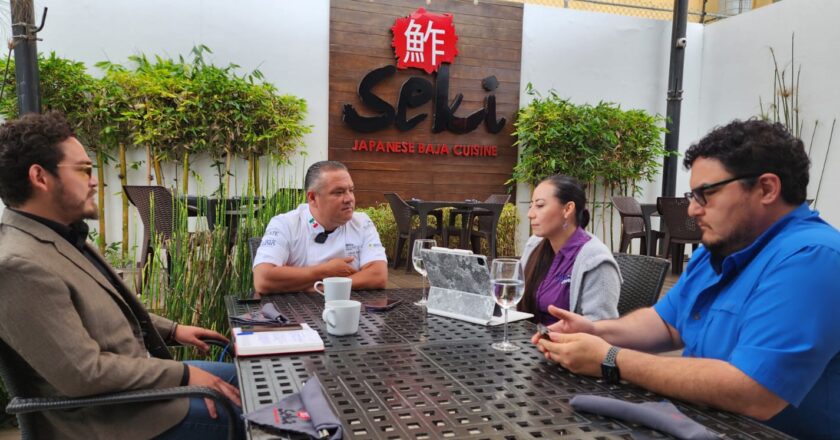
Get ready to loosen your belts and sharpen your forks—Cocina La Baja 2025 is almost here, and it’s not just …
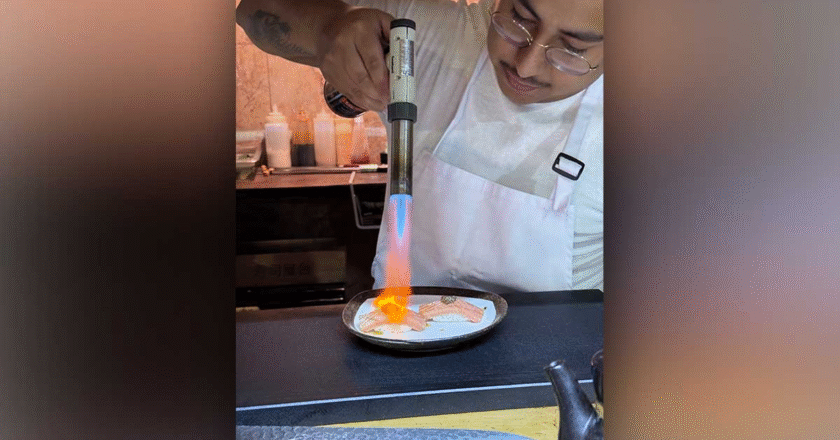
Expect a Tent. Get an Experience. When someone recommended “Yatai” to us, I expected a fancy restaurant tucked away in …